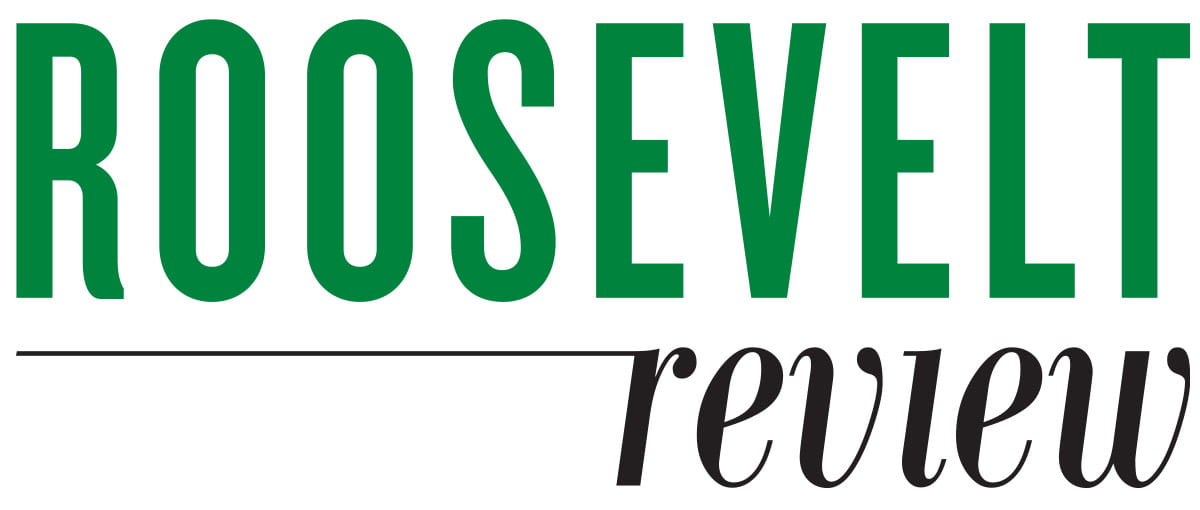Why Innovation Matters
Adaptability and the Future of Higher Educationby Mablene Krueger, COO, Roosevelt Schaumburg Campus
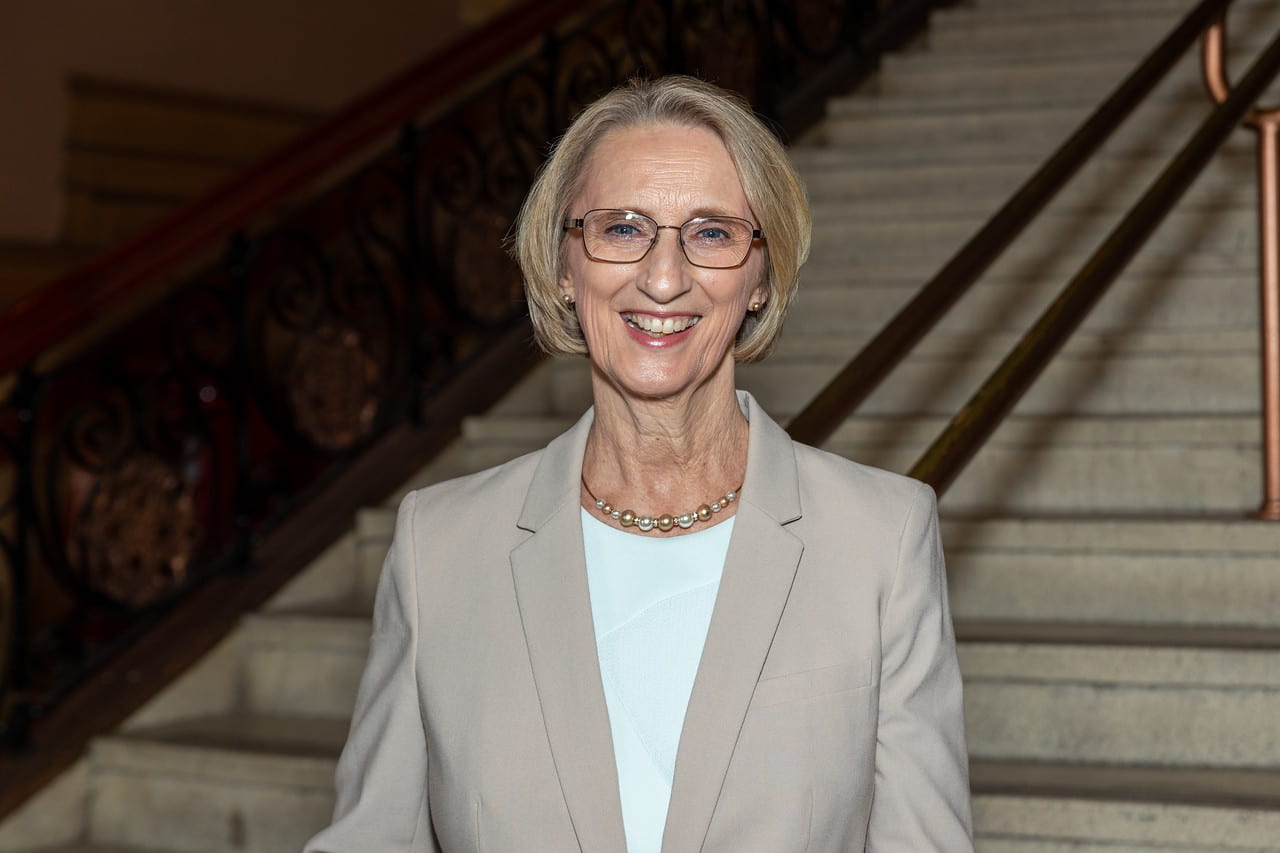
Innovation is a term as overused as multitasking or empowerment. Yet at its basic form, it means taking an idea and translating it into a form that creates value. This value generates income for the organization while meeting the needs and expectations of customers.
Doesn’t it make sense, then, that innovation should be fundamental to higher education, to the learning process of students, and directly linked to the success of our alumni and University in general? Aren’t the customers of higher education our educators, our students and their future employers?
Finding opportunities for innovation
One of my favorite authors on innovation is the late Clayton Christensen, who had a long academic career at Harvard University. In his book The Innovator’s Dilemma, he coined the term “disruptive innovation,” and his most recent work translated the principles into the more positive form of creating prosperity. “See big problems as big opportunities,” according to Christensen.
Isn’t that what successful people do? They take an idea, use it to create value, generate income and serve customers.
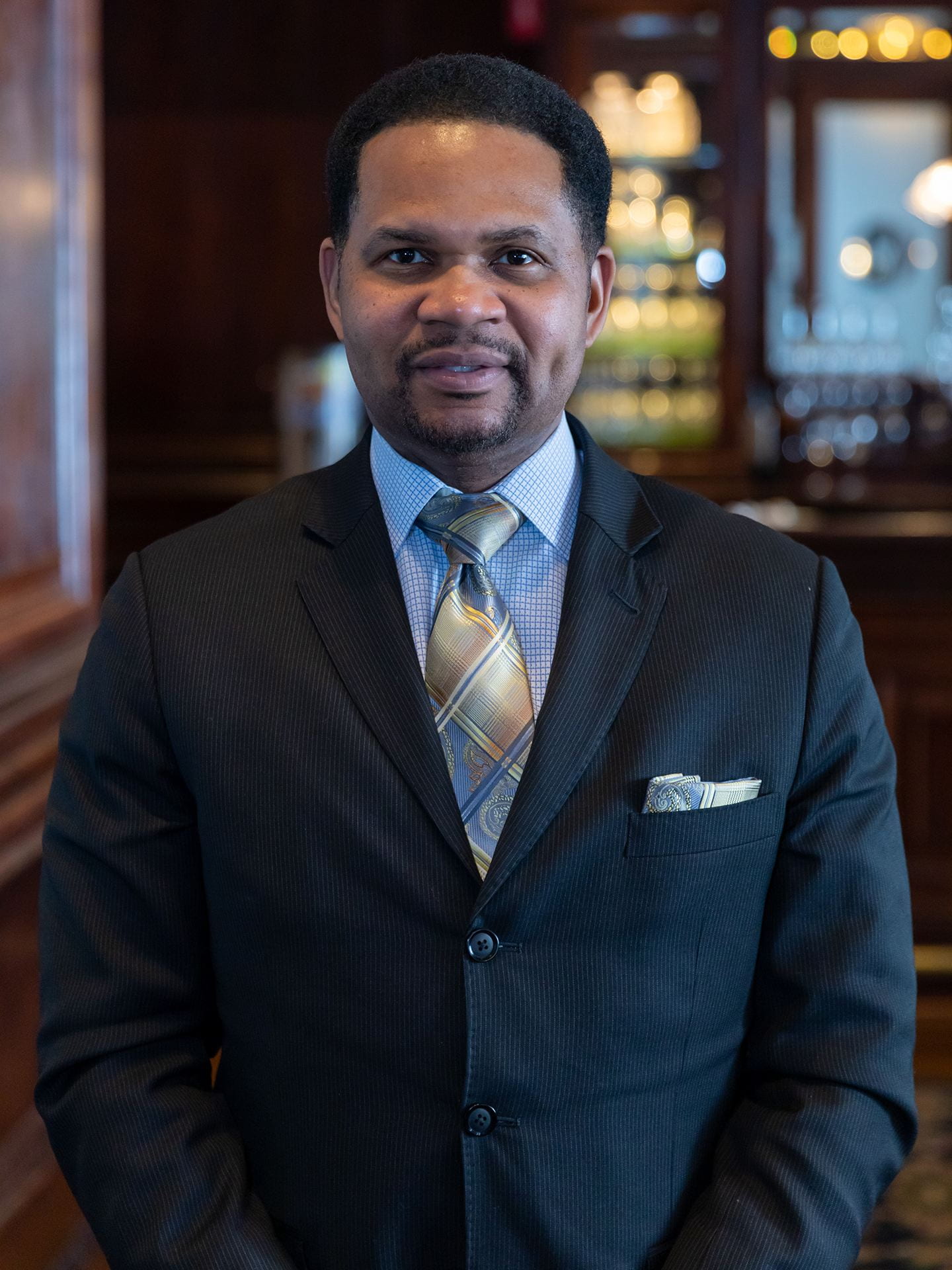
Richard Irvin (BBM ’95), Mayor of Aurora
A few current leaders are ahead of the curve. Richard Irvin, mayor of Aurora, the second largest city in Illinois, served in the military before earning a bachelor’s degree from Robert Morris and subsequently a law degree from Northern Illinois University. One of his first initiatives as mayor, and an integral component of his strategic plan for the city of Aurora, was appointing a chief innovation officer. Dr. Adrienne Holloway leads the city’s strategic efforts in this area. She explains that her 20 years in the private and public sectors, including as a professor, have helped her see change as an opportunity to improve the lives of the residents of Aurora. The strategic plan speaks to revitalizing Aurora; the mayor’s goal is to create additional value by focusing on the downtown area, to generate income and additional opportunity for the constituents he serves.
In addition to viewing problems as opportunities, we must value individuality in both problems and the solutions. True innovation mandates including people as individuals, harnessing their unique talents and working together toward a common goal.
COO, Roosevelt Schaumburg Campus
In a recent Lifelong Lakers webinar, I spoke about the importance of socializing during the pandemic: “Surviving Social Distancing with Social Connections.”
Each time I visit a classroom, I remind students that I visit for two reasons: 1) because I still consider myself a faculty member, having taught for over 20 years; but more importantly 2) to plan and measure. The students’ questions and feedback offer critical insight to their strengths, challenges, satisfaction and needs. I always viewed my responsibility as the president of RMUI to work with the Board of Trustees, after receiving insights from all stakeholders, to determine the right path to enhance and enlarge the RMUI legacy.
Innovative? What do you think?
The decision RMUI and RU made to integrate our universities came to fruition through listening, planning, envisioning and listening more. Our 38 task forces diligently worked to create our University of the future, using the strengths of both universities.
What is an innovative culture?
In the January-February 2019 edition of The Harvard Business Review, a feature appeared on this topic. It’s worth a glance for the illustrations alone!
For most of us, recognizing that innovation denotes a tolerance for failure is scary. It doesn’t need to be, if the right leadership is in place. In order to tolerate failure, a carefully managed organization requires individual accountability and intolerance for incompetence. Having now worked with the senior leadership team for a few years, I can vouch for the innovative approach that President Malekzadeh has initiated. It is equally clear to me that he holds each senior-level leader accountable. It’s actually more than that; it’s an expectation that they are competent and accountable. In turn, this is translated from each senior leader to his or her team.
COO, Roosevelt Schaumburg Campus
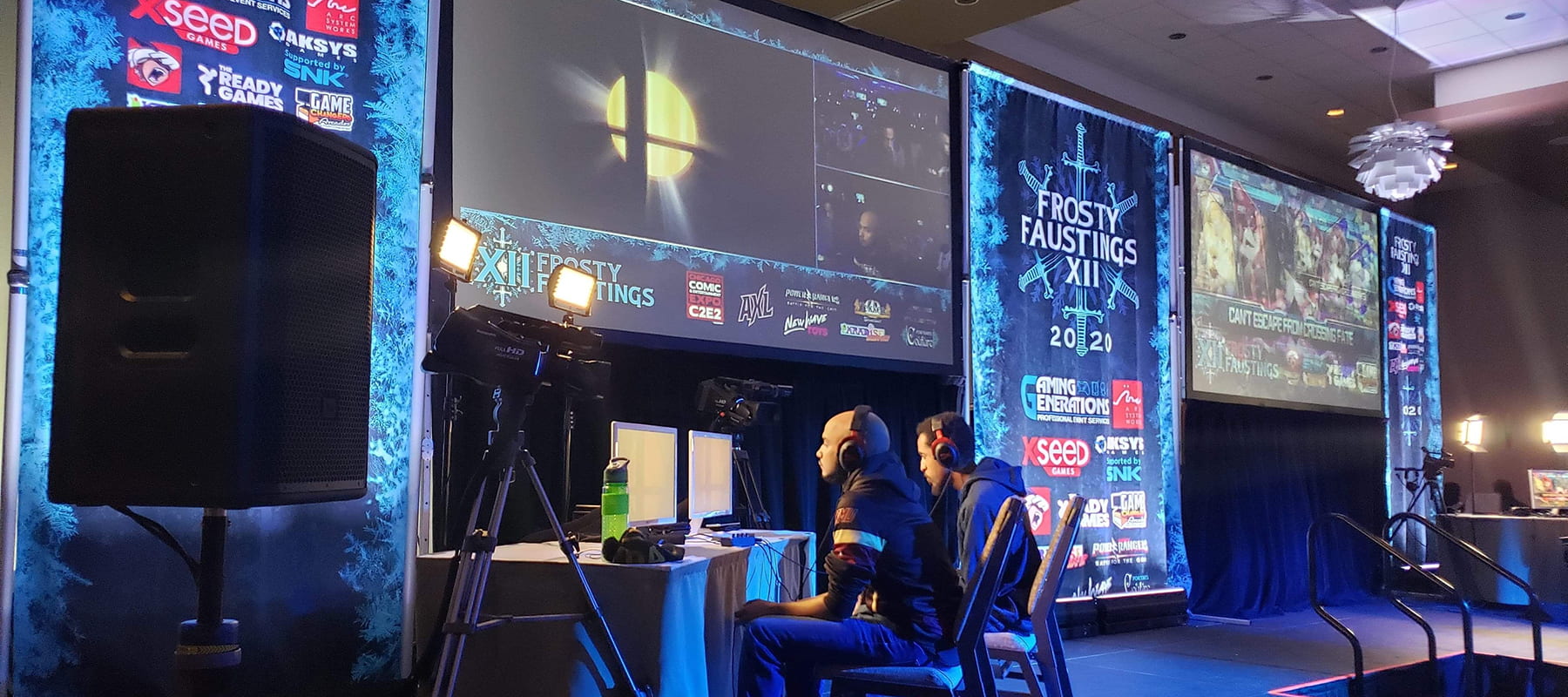
I believe we have nurtured a similar culture at Robert Morris University Illinois. One example in our history is the establishment of an eSports team as a varsity opportunity. An associate athletic coach had the idea, drafted a one-page executive summary — complete with budget and return on investment — and it was approved. Allowing RU and RMUI cultures to blend, nurturing the innovative approach we each have had, will allow us to be an even stronger university in the future.
Innovation is more than important; it is fundamental to success. W. Edwards Deming has a famous quote: “You do not have to do this. Survival is not compulsory.” While he may not have been talking specifically about innovation at the time, the quote certainly fits this topic!
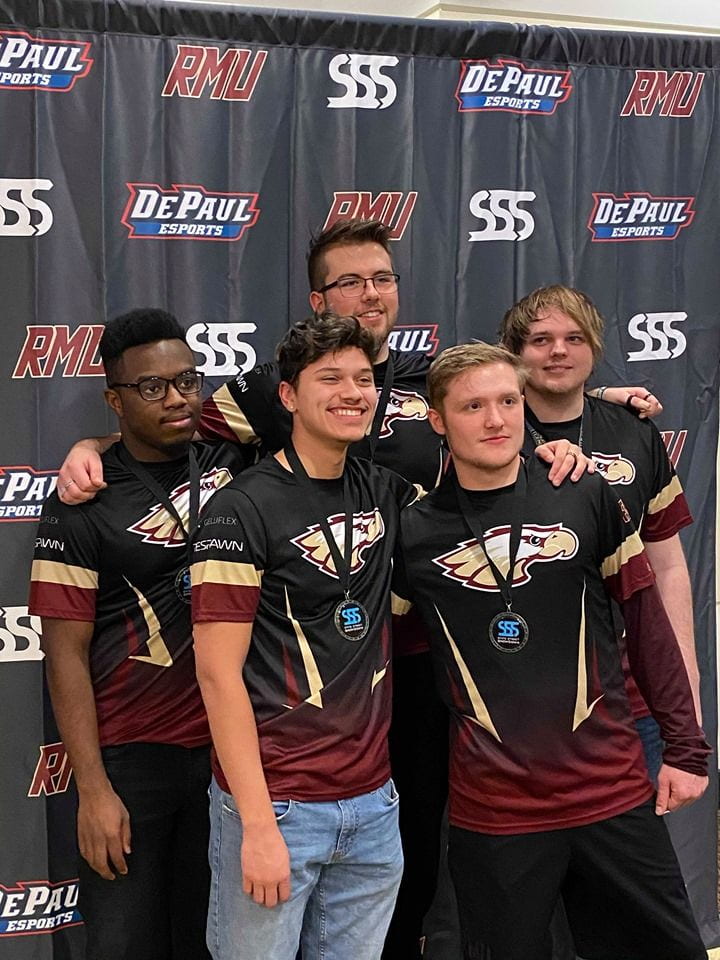
I believe the first step in working with our students on this topic is to help them understand innovation is an intrinsic piece of who they already are and how they live their lives. People are innovative by nature. I’m reflecting on a conversation I had with a student a few months ago. She attended RMUI as a freshman culinary student right out of high school and quickly became very involved in extracurricular activities. She then decided that, although she loved the culinary world, she also had a desire to learn accounting. She will graduate this spring with degrees in both accounting and culinary. She has significant work experience on her résumé, having recently been promoted to pastry chef at an Evanston restaurant. Thanks, Dana, for the extra éclairs when I visited you on the job!
Innovative? Well, it took her being open to opportunities, exploring her own talents and risking some level of failure. I should also mention she is only 21 years old. It required her selecting a university that allowed her to progress in a way that she desired and working with people who cared about her progress and goals. Again, she had an idea, she translated it to something of value, she is already making money from it, and the degrees will offer something of value to her and her future.
In each of our departments, in each classroom, we must ask ourselves: “How can we best prepare our students for their careers?” Each student’s career path will be very different from one another. The next step for some students is another degree. For others, it’s working full-time; for others, it’s entering the military or pursuing a talent at the next level. For each, though, innovation is fundamental. Is it not our obligation to help a student in a computer networking class to understand how this skill translates to almost any industry? Is it not our obligation to help a nursing student understand how his composition course is fundamental to his future profession?
COO, Roosevelt Schaumburg Campus
I recently read an article about the importance of a liberal arts education; I then read a few articles about the importance of career-focused education. Strong arguments can be made for each. Perhaps the best, and most innovative, approach would be to blend the two. Shouldn’t we be preparing students for an immediate transition to the world of work while ensuring they have a very strong liberal arts foundation upon which to build? We know when we ask employers what they want in employees, their responses are writing, speaking, working with others, making good decisions. Sounds a lot like critical thinking, fundamental to liberal arts courses and programs.
I’ll take a moment here to share a story from my life. I’ve worked full-time since I was 18 years old, having graduated from (then) Robert Morris College with a certificate in secretarial studies. A few years later, I decided to begin taking classes one at a time. I had no plan to earn even an associate degree since I lived in a remote part of the state where that was impossible without giving up an income that was desperately needed.
A few years later, I had lots of credits and no degree. I had moved to the big city of Springfield and visited the admissions office of the local university. My first question was, “What’s the fastest major for me, based on the credits I have?” That’s why I have a BA in management. At the time, I was teaching shorthand and typing. I remember saying, “I never want to be a manager, but this will help me be a better teacher, and it will help me with my personal relationships.”
Innovative? Not terribly, but my point is we sometimes aren’t aware of how things will turn out. A few years later, I was asked by the president of Robert Morris to move into management, and I guess I’ve used that degree a few times. Making the decision to move away from day-to-day teaching was the most difficult one of my career thus far. My innovative thought was that I would be able to help more students in administration than the 30 in each class I taught. I believe I have done that. I was able to take an idea, translate it to something of value, create an income and offer something of importance.
Each interaction with students is an opportunity for innovative thinking. Approaching each issue as an opportunity, understanding that students often have answers within them, and that they are capable of rising to the expectation we set is critical. These interactions go far beyond the classroom. Staff members, student services and alumni can provide opportunities to challenge students and to support thinking that challenges the norm. We build relationships with other people. And for many students, these relationships — especially those that prompt intellectual and personal growth — end up defining their relationship with the University after graduation.
COO, Roosevelt Schaumburg Campus
A few years ago, I read a survey of academic administrators about “The State of Innovation in Higher Education.” It caught my attention since innovation and higher education typically aren’t spoken about in the same sentence. At that time, 90% of respondents said they included innovation in their strategic plans. However, the study further detailed that only 22% of those respondents said their institution was “on the leading edge of innovation,” with a full 50% who ranked their universities as average or slow.
Wait! It’s in their strategic plans, but they’re not doing it? Yes: respondents pointed at issues like lack of funding or other operational issues that slow down the initiatives. The good news is that universities overwhelmingly understand the need to embrace innovation as either a problem-solving tool or a method of evolving.
How fortunate to be part of a University that not only puts innovation at the forefront but has openly made it the centerpiece of its strategic plan — Roosevelt University.
Building a Stronger University and the higher education landscape
Roosevelt’s strategic plan, Building a Stronger University, represents innovation at its finest. It researches the underlying metrics of higher education, informs us of the continued evolution of the college student, reflects on the strengths of the University, and crystallizes the higher education environment. Bringing the components of the landscape together, Building a Stronger University mandates strong fiscal leadership, strategic building and leveraging partnerships. The ongoing integration with RMUI is one example of the larger plan. It involves embracing our similarities yet boldly exploiting our differences in a way to create additional value for students, faculty and administration.
In one of the early open student meetings at RU, a current student voiced excitement that she will now be able to study nursing. She had recently discovered that was her passion and was facing leaving the University she had grown to love. A similar incident occurred at RMUI later that evening, when a surgical technology student expressed desire to apply to RU’s biochemistry program as the next step in her hopeful path to medical school. Our students are translating the opportunity into value!
It is our collective vision to leverage the strengths of our larger University. Let’s envision an increased national and international presence with multiple modalities, a broadened horizontal and vertical menu of program offerings linked directly to careers, with opportunities for each student to become even more involved both inside and outside the classroom.
COO, Roosevelt Schaumburg Campus
Robert Kennedy once said, “There are those who look at things the way they are, and ask why. I dream of things that never were, and ask why not?” Roosevelt’s founders did that in 1945. The innovative mindset has continued in 2020 with clear vision and execution for the success of the newly expanded RU.
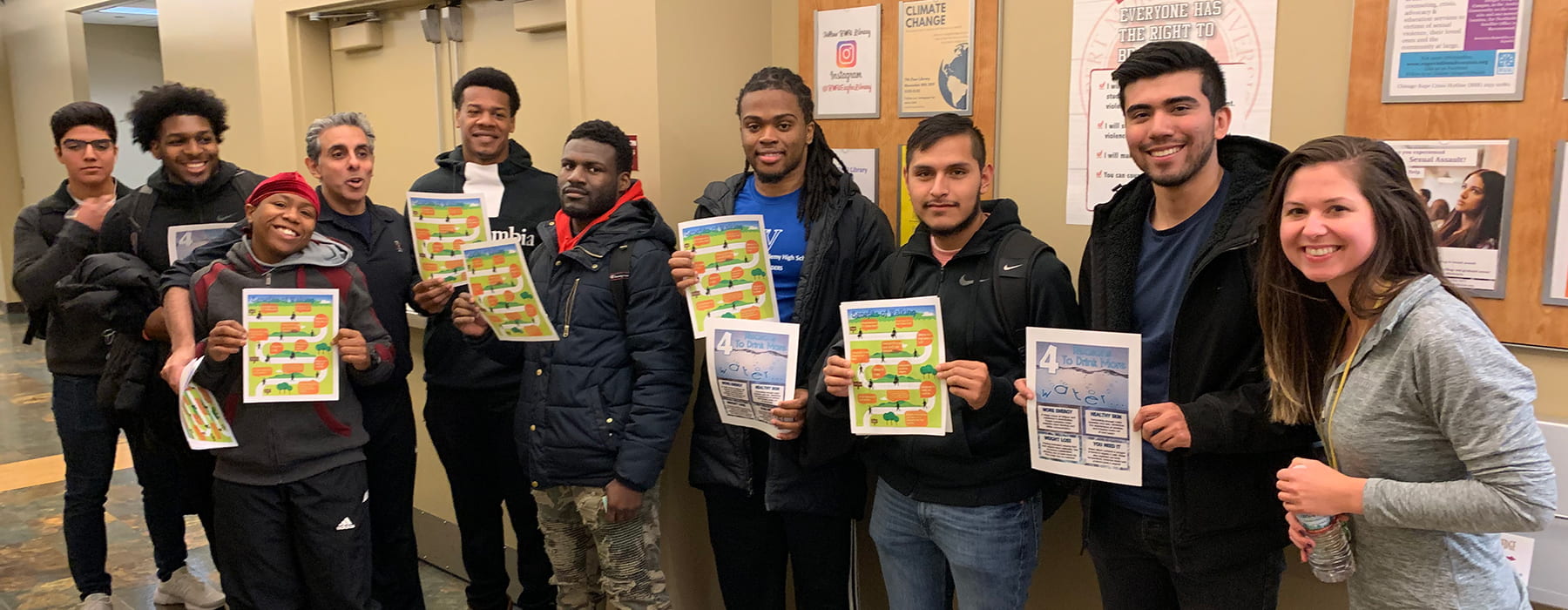
During the student engagement period, students could connect with their mentors and each other.
The innovative mindset has allowed our 38 task forces to use the best of each culture to plan how to better support students. One example is the student engagement period that RMUI instituted last year. This brief time in the middle of the day was sacred, with no classes scheduled. The time was used for student club/organization meetings and social events between faculty and students. A few faculty members brought their guitars every Thursday and invited students to join them. It was also a time for students to be able to follow up with their advisor, financial aid or other departments on campus. Roosevelt plans to retain and expand on that practice. The RU Student Government Association immediately reached out to the senior leadership at the University last fall and had an excellent brainstorming session about how to help students get involved with SGA even before the official integration.
So much possibility exists with an innovative mindset, talented people and a culture that supports change. The next 75 years will be as eventful as the first!
More in this section
Alumni on the Front Lines of the Pandemic
Roosevelt University alumni shared what it’s like working on the front lines of COVID-19 and what gives them hope.
Tomorrow’s Health Care Leaders
The new College of Science, Health and Pharmacy will help students fill critical roles as socially conscious and compassionate health care providers, researchers and experts.
A Movement, Not a Moment
The Black Lives Matter protests this summer stirred a wave of promises from organizations in support of racial equity. Here’s how Roosevelt University is living up to our social justice mission.
